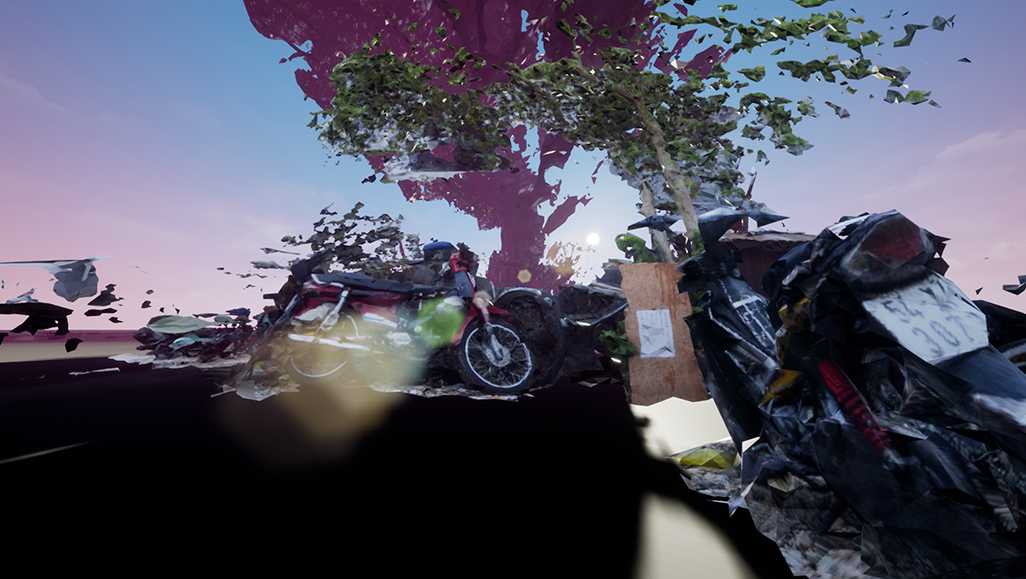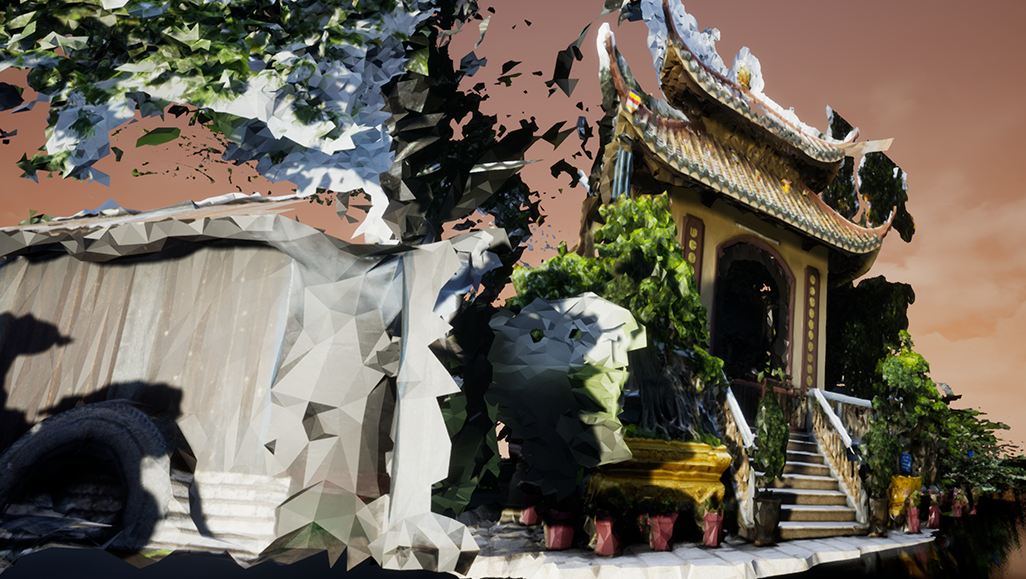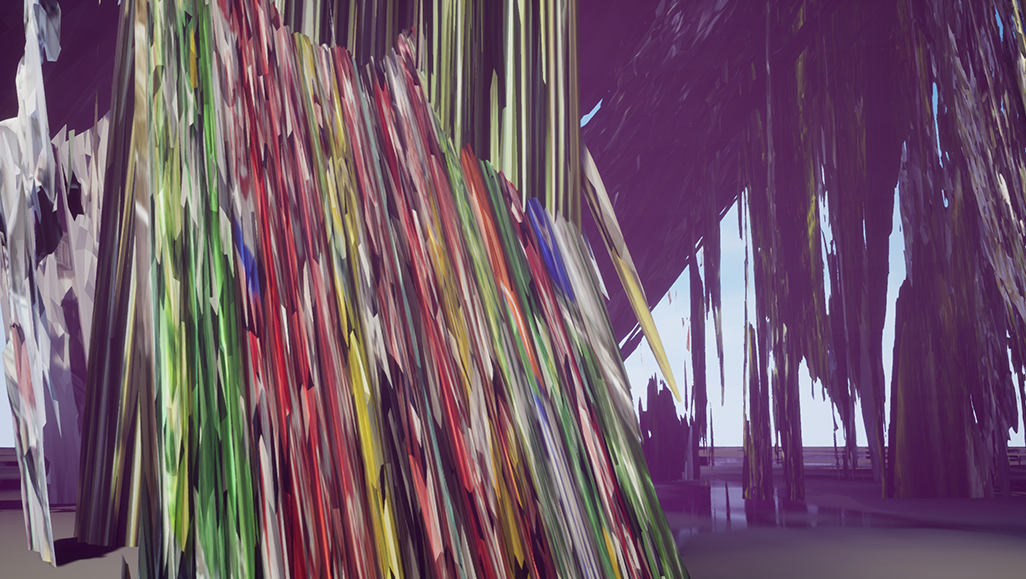Fear of Murmuration - 2019
performance
Following an invitation from the art space A.Farm in May 2019, the studio is carrying out a residency in Saigon, Vietnam, where their research will focus on the incessant ballet of Saigon scooters that make the city so special. Considering the scooters as starlings, the birds that make up the murmurings, the parallel is made with the work of the expert in artificial life Craig W. Reynolds (1953 - ). Reynolds describes the behaviour of flocks of birds and schools of fish with a few simple rules such as: Stay close to your neighbours, move in the average direction of your neighbours... These rules have the peculiarity that they do not concern themselves with the whole group but only with the behaviour of their direct, close neighbours. This kind of behaviour is the one we observed in the wandering of the scooters in Saigon. The traffic behaviour may seem chaotic, disordered, yet we did not observe any accidents, but on the contrary a certain fluidity of movement of the whole group. The observation also shows a clear impact on the city: architecture, pollution, sound, smell etc.. All the senses are affected by this constant flow. Fear Of Murmuration is a work inspired by these observations. The creative process involves capturing the mouvements of scooters using computer vision algorithms (optical flow) on videos captured at strategic points in Saigon.
The next objective is to link the architecture and the movement of scooters. For this purpose we made photogrammetric scans of architectural elements of the city to create their digital counterparts.
The sound impact on the city is also captured using microphones. Data from scooter motion and sound capture are used to make modifications to the architecture: stretching, distortion, texture transformation, etc. Specific software for the capture of certain data and for the creation of the work was developed before and during the residency. The final result of this study is an audiovisual work that can be presented in the form of a real-time audiovisual performance or as a video creation, as well as frames resulting from the unfolding of 3D architectural elements that we call fragments.



